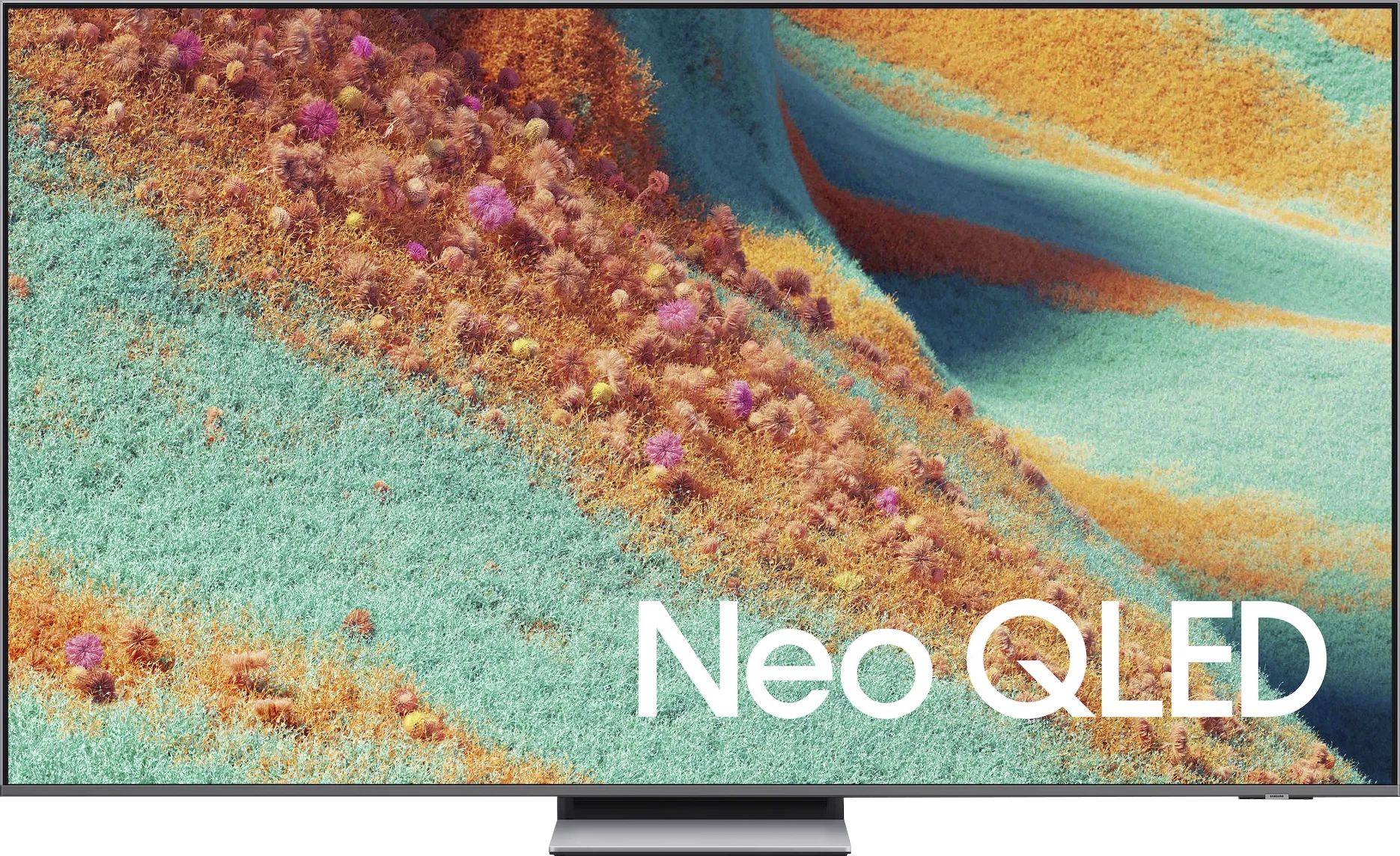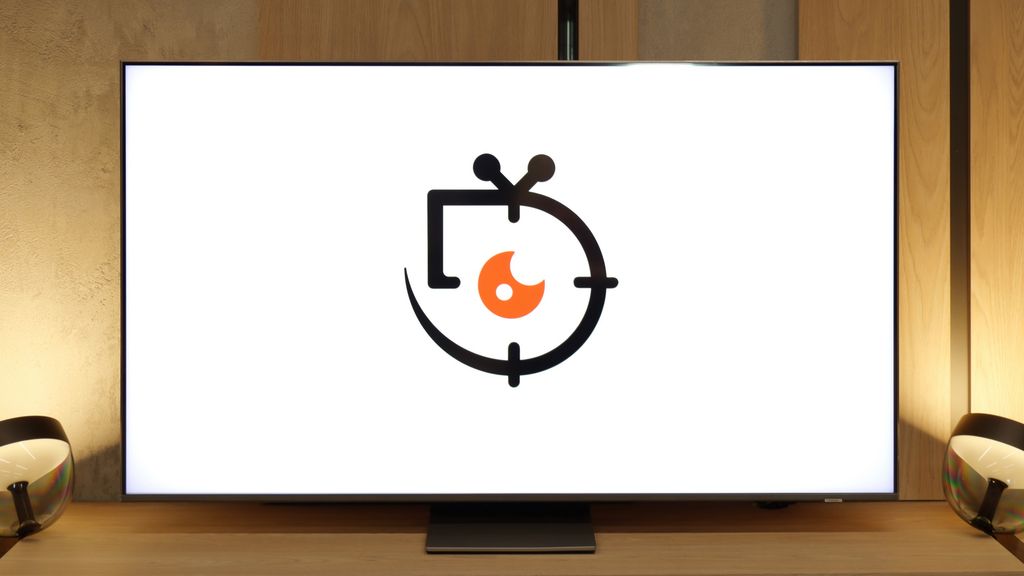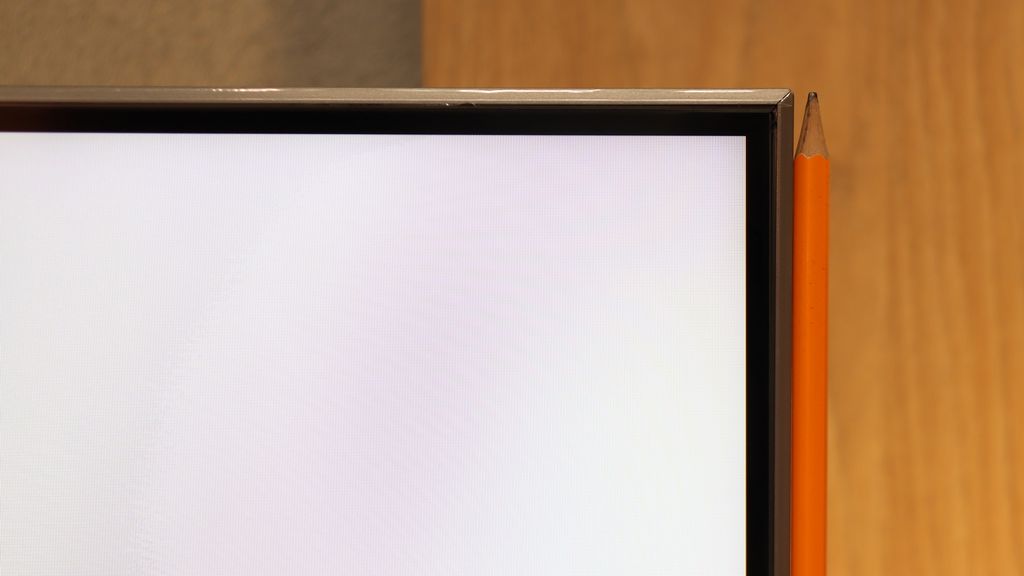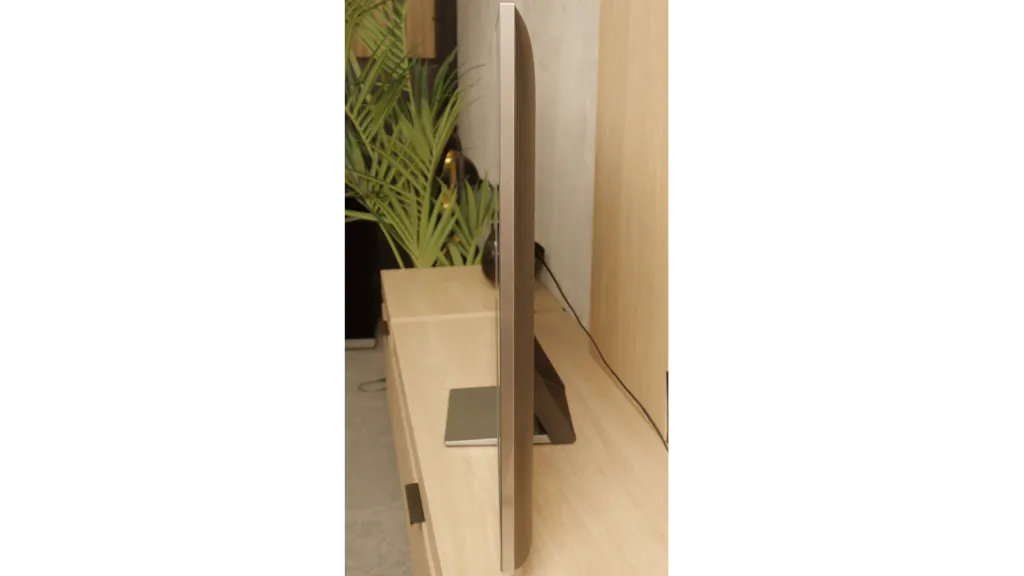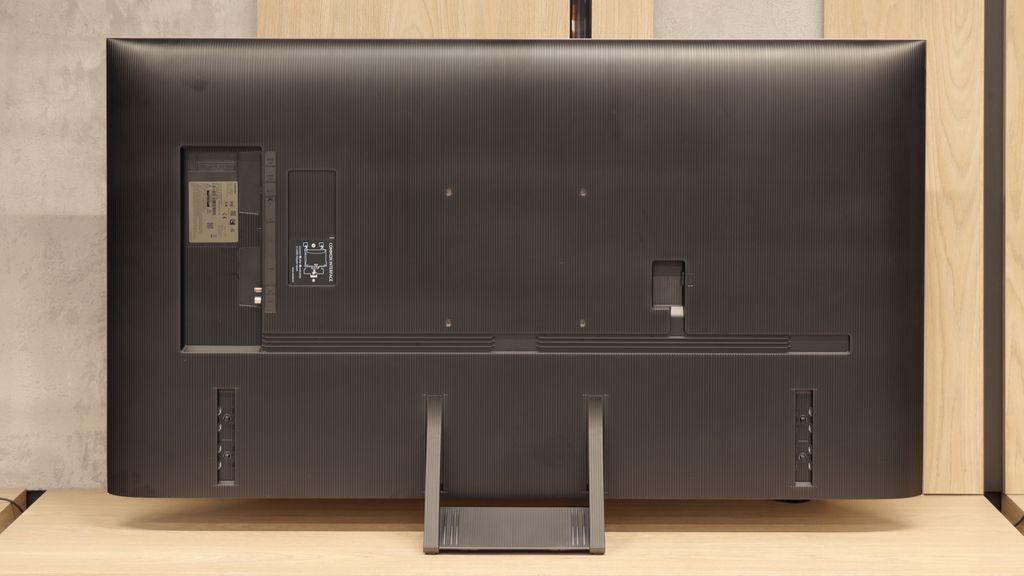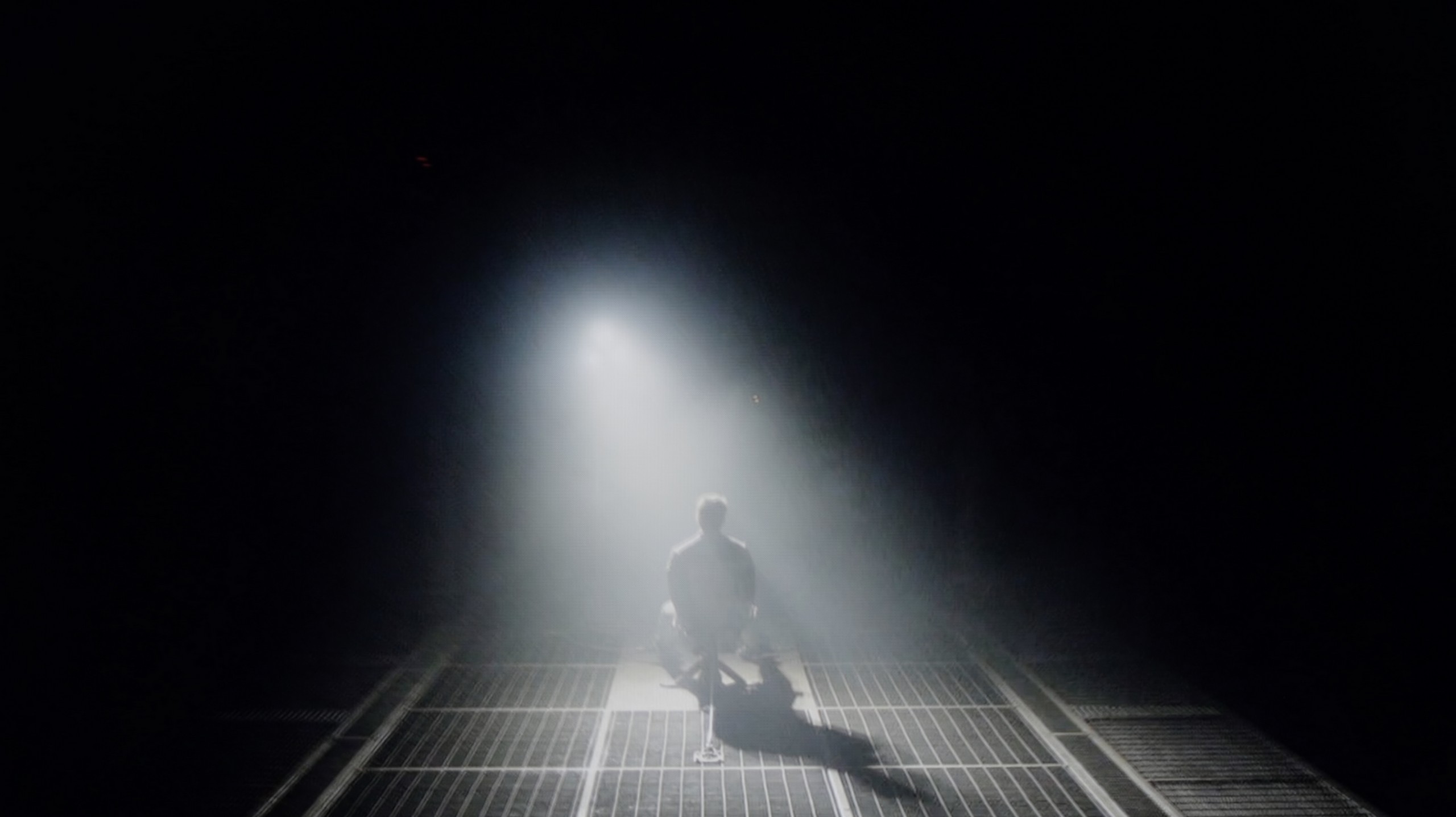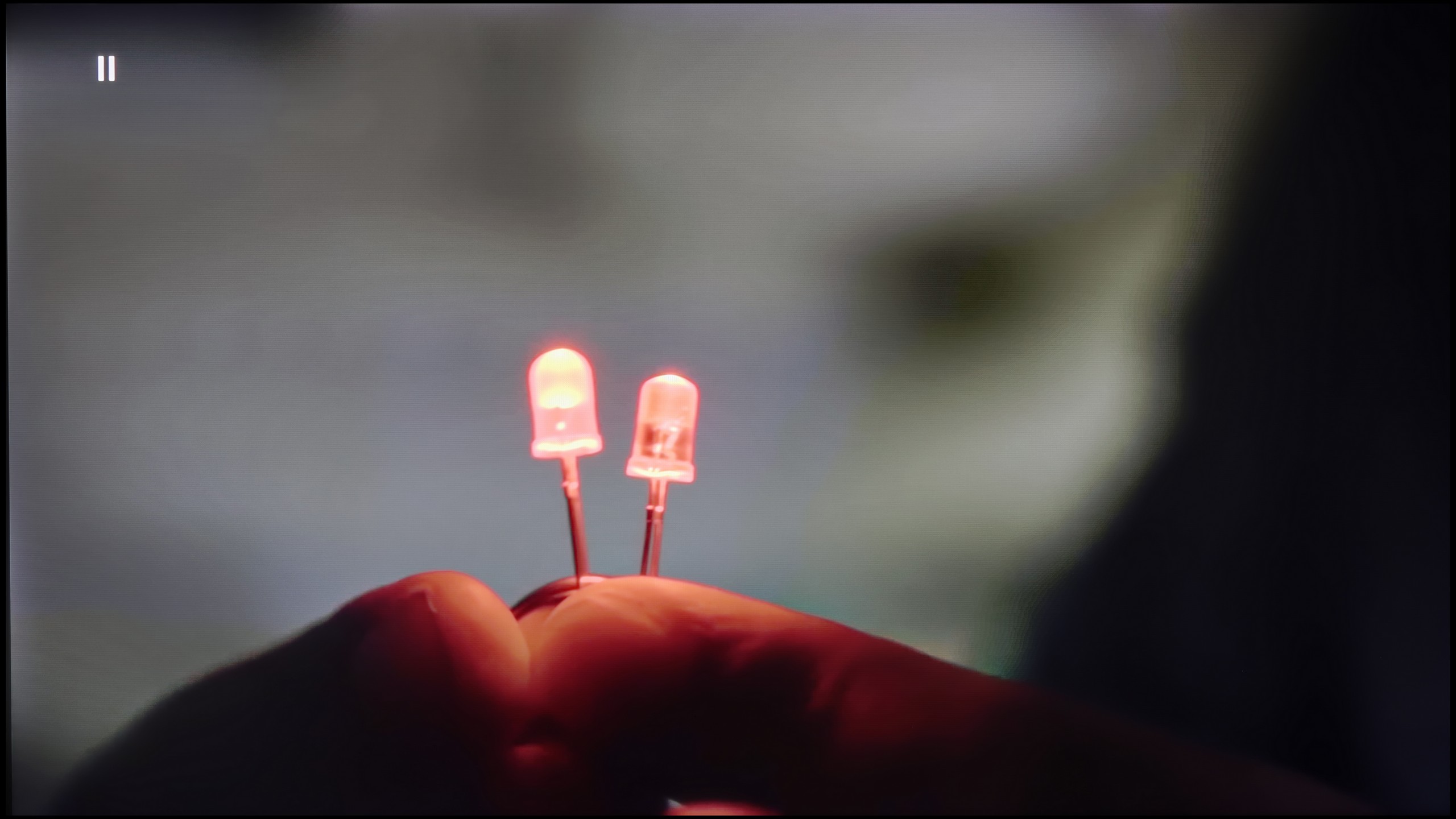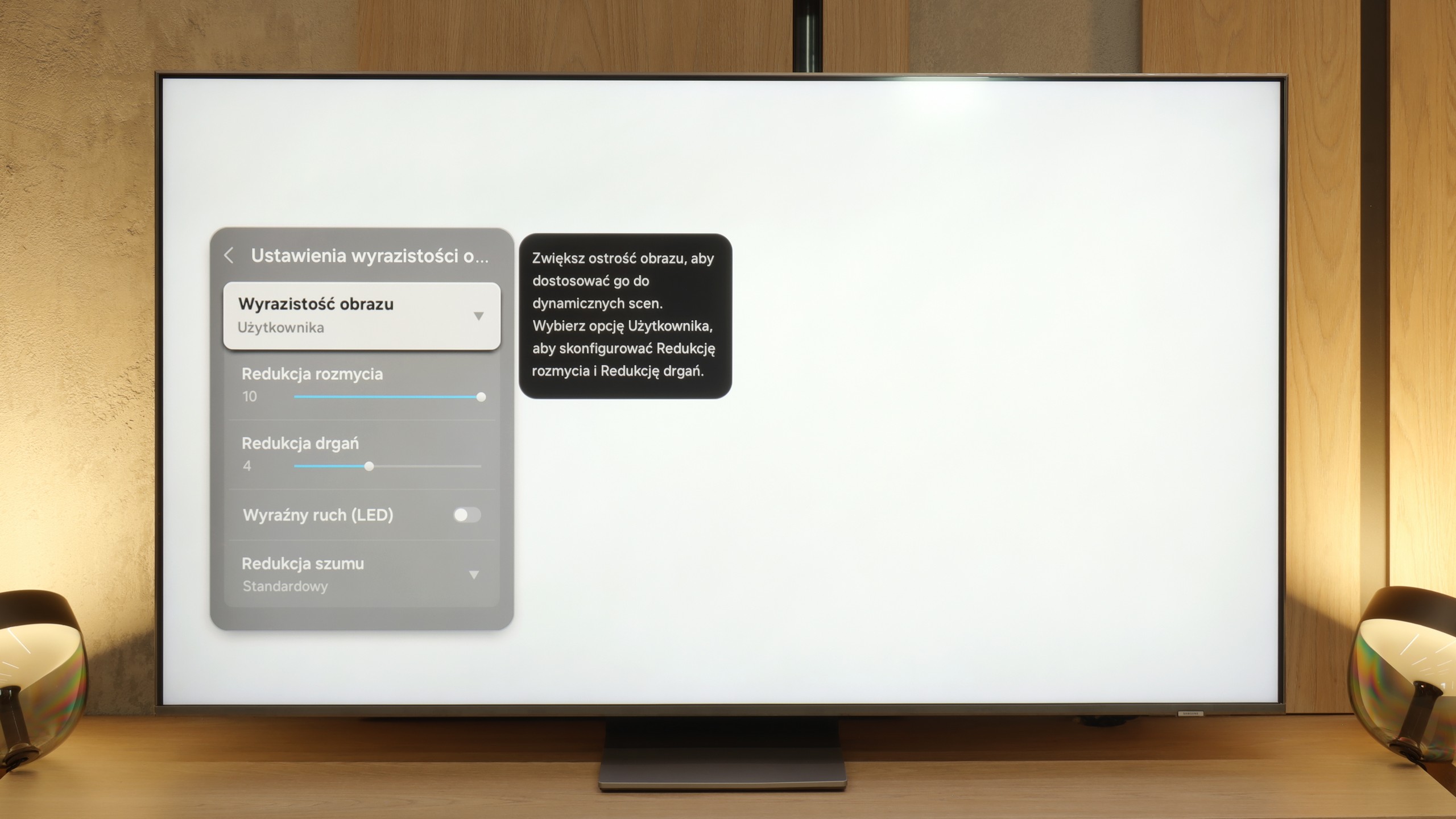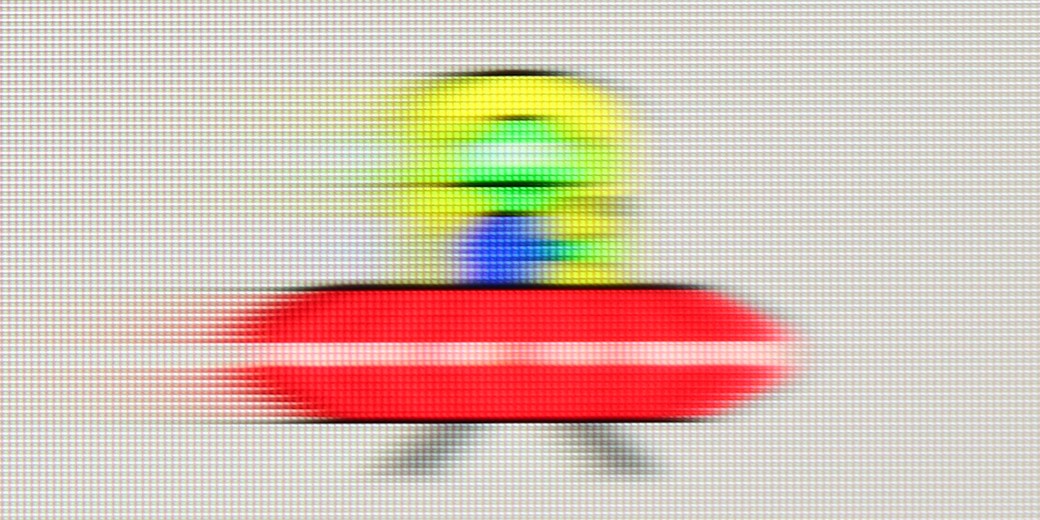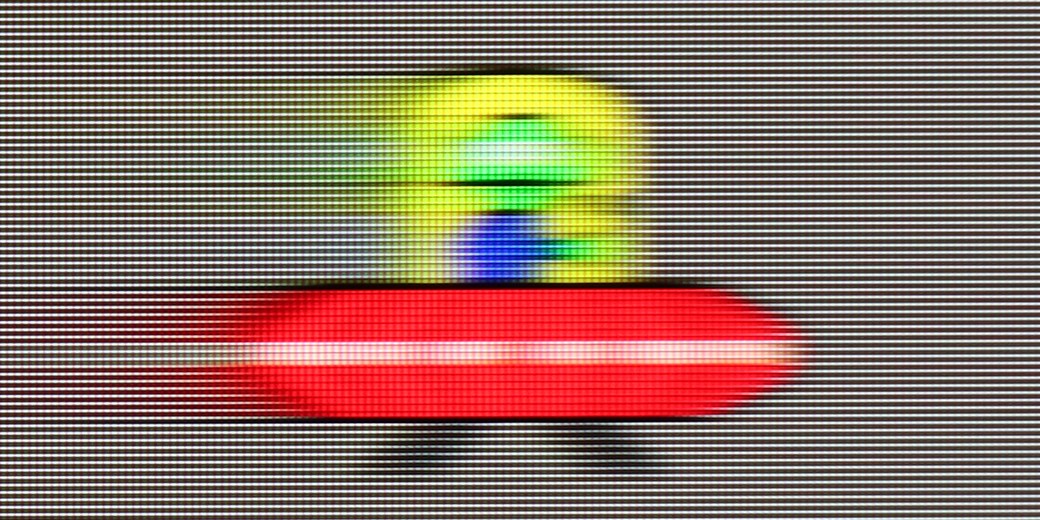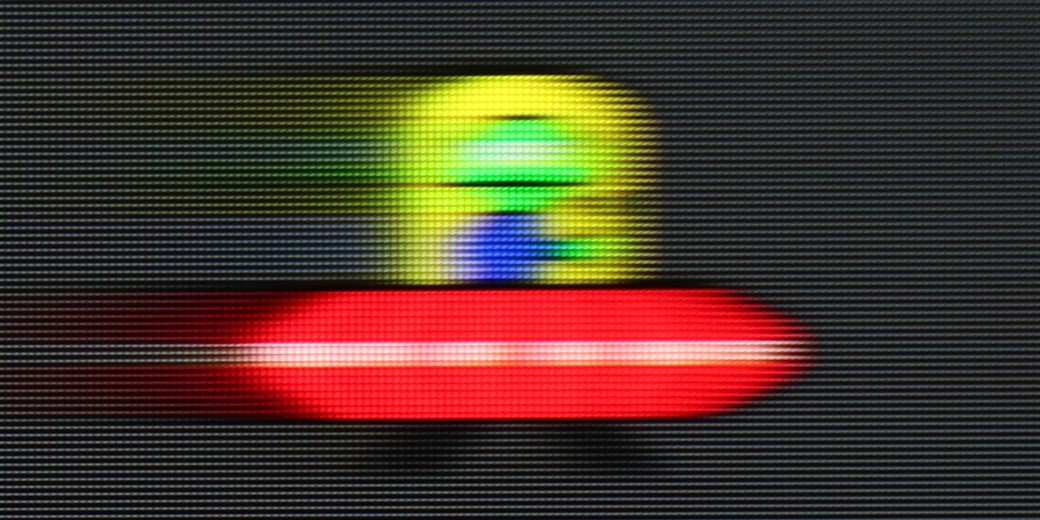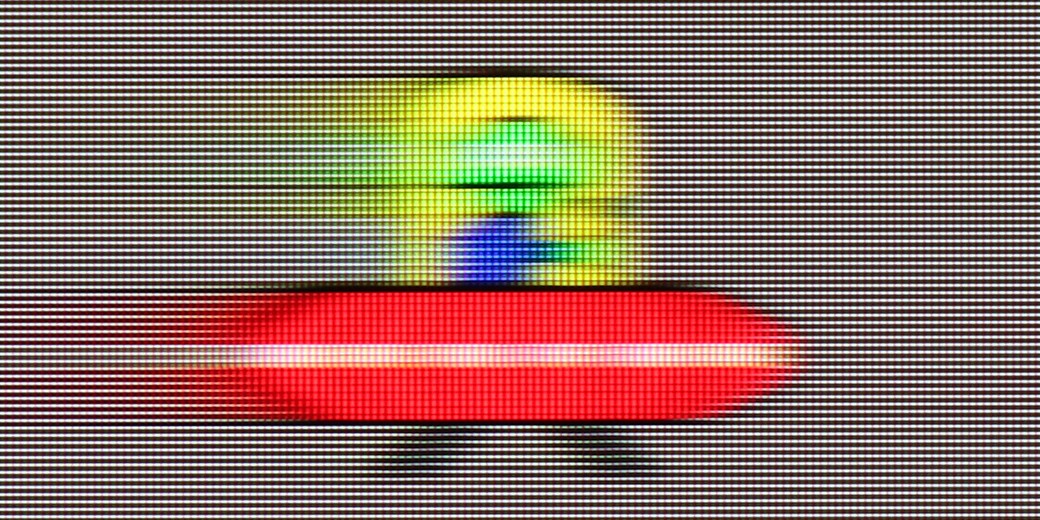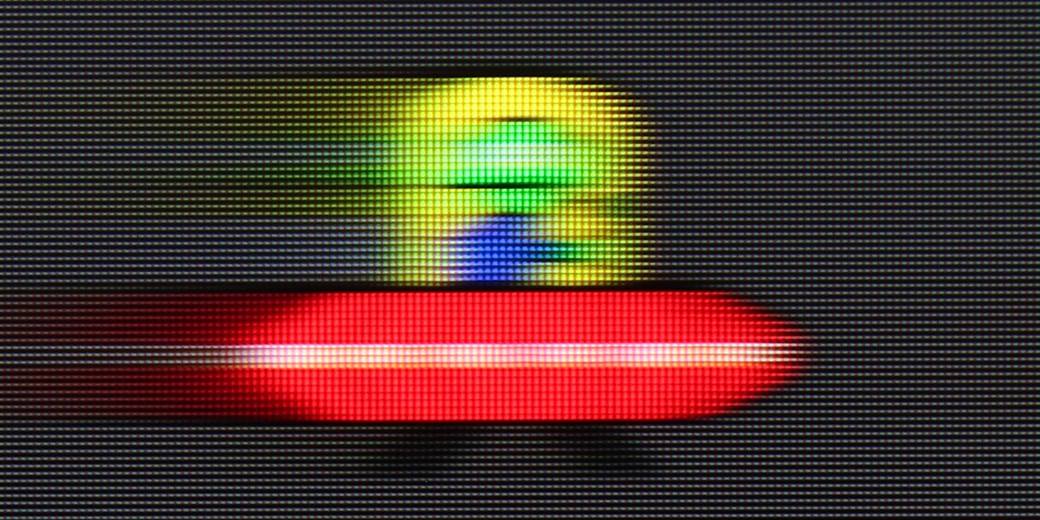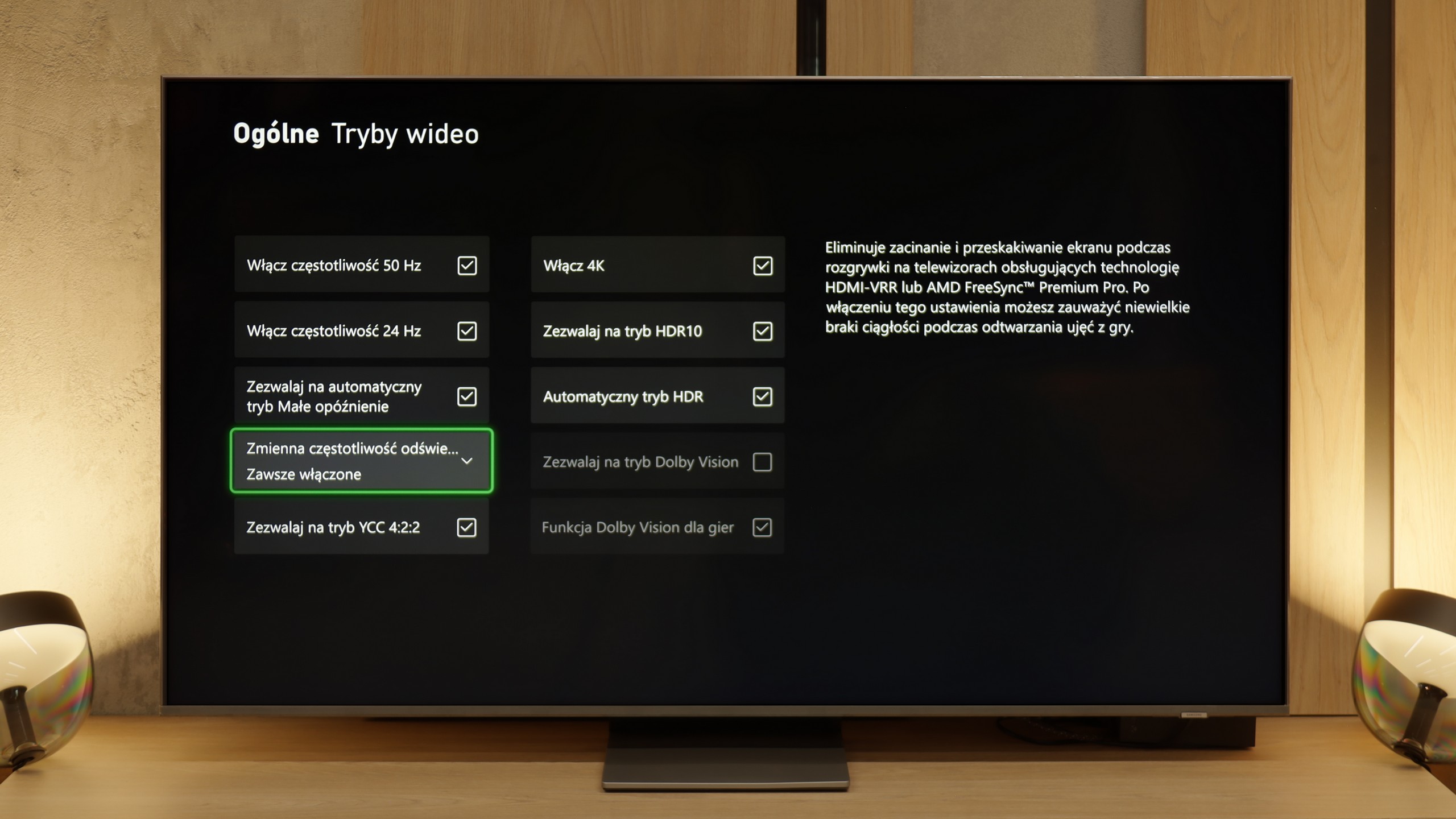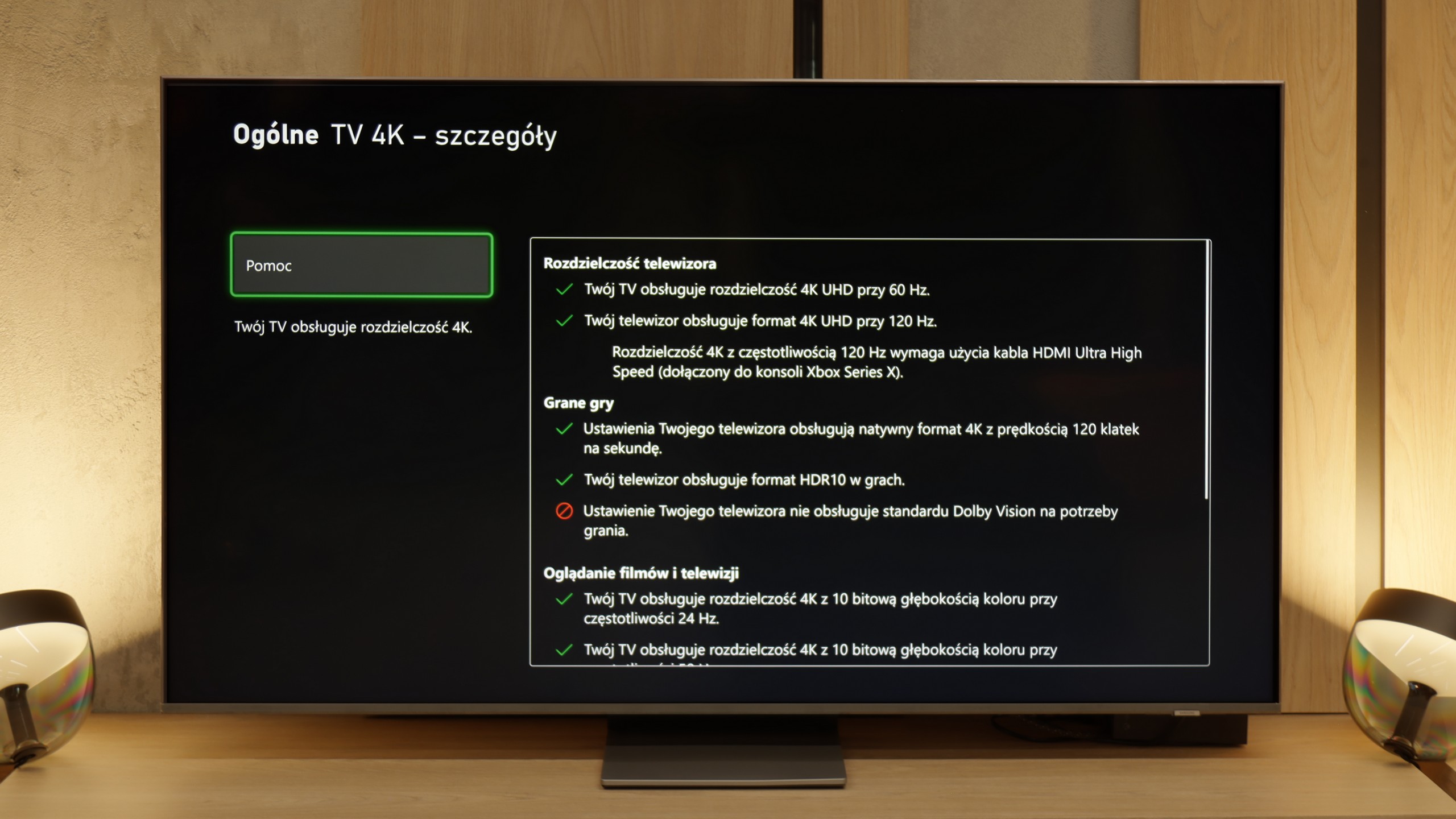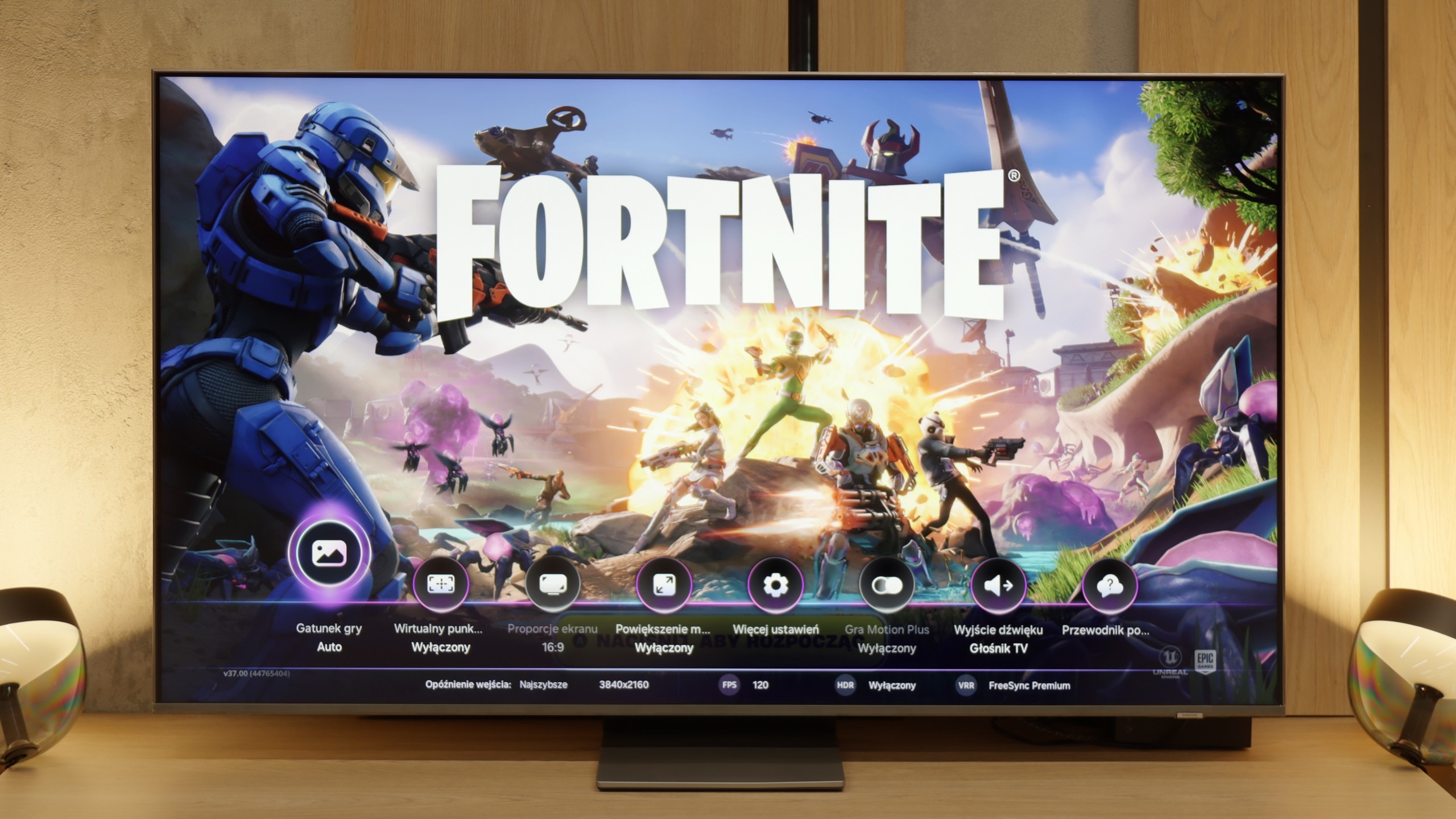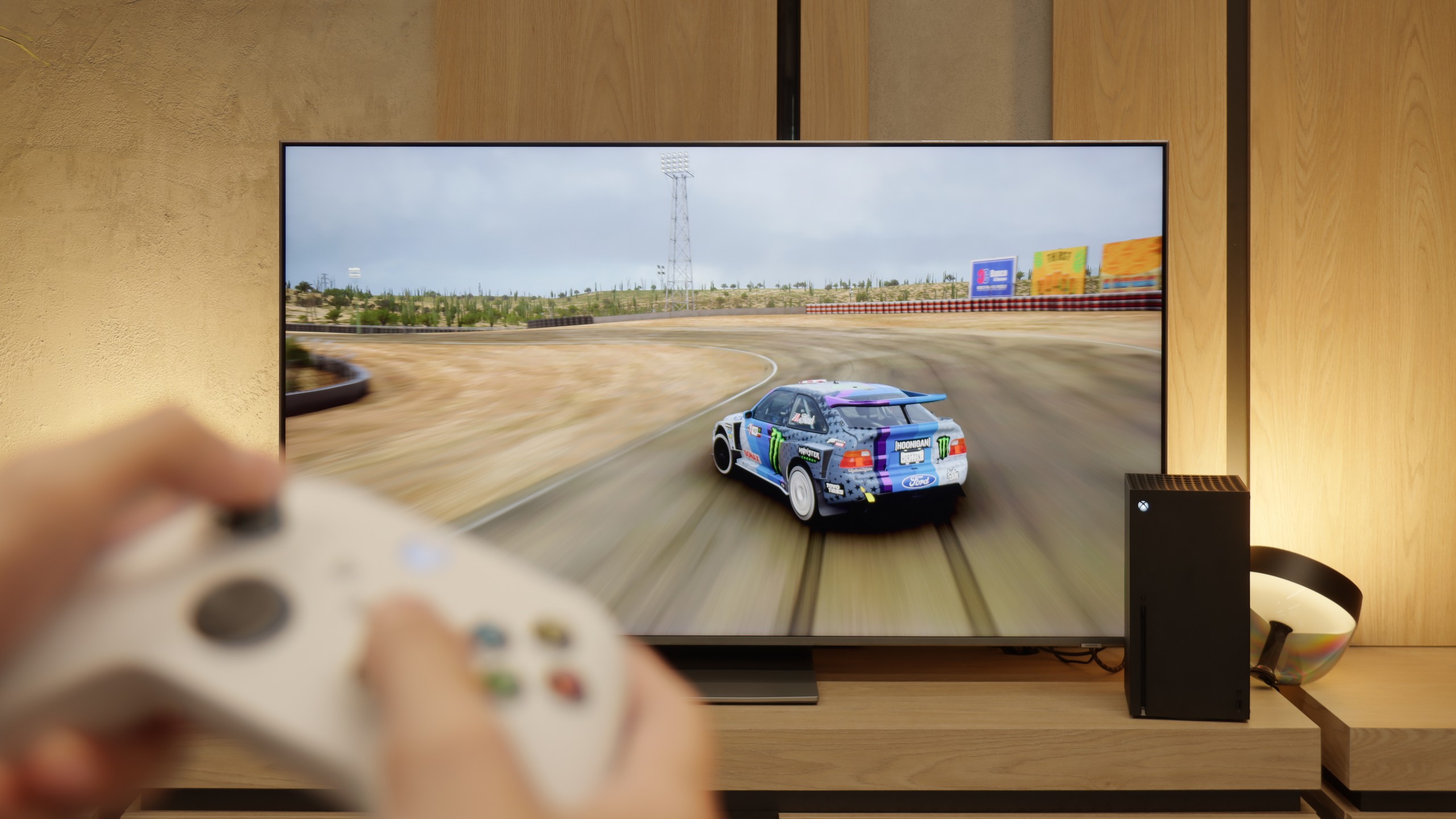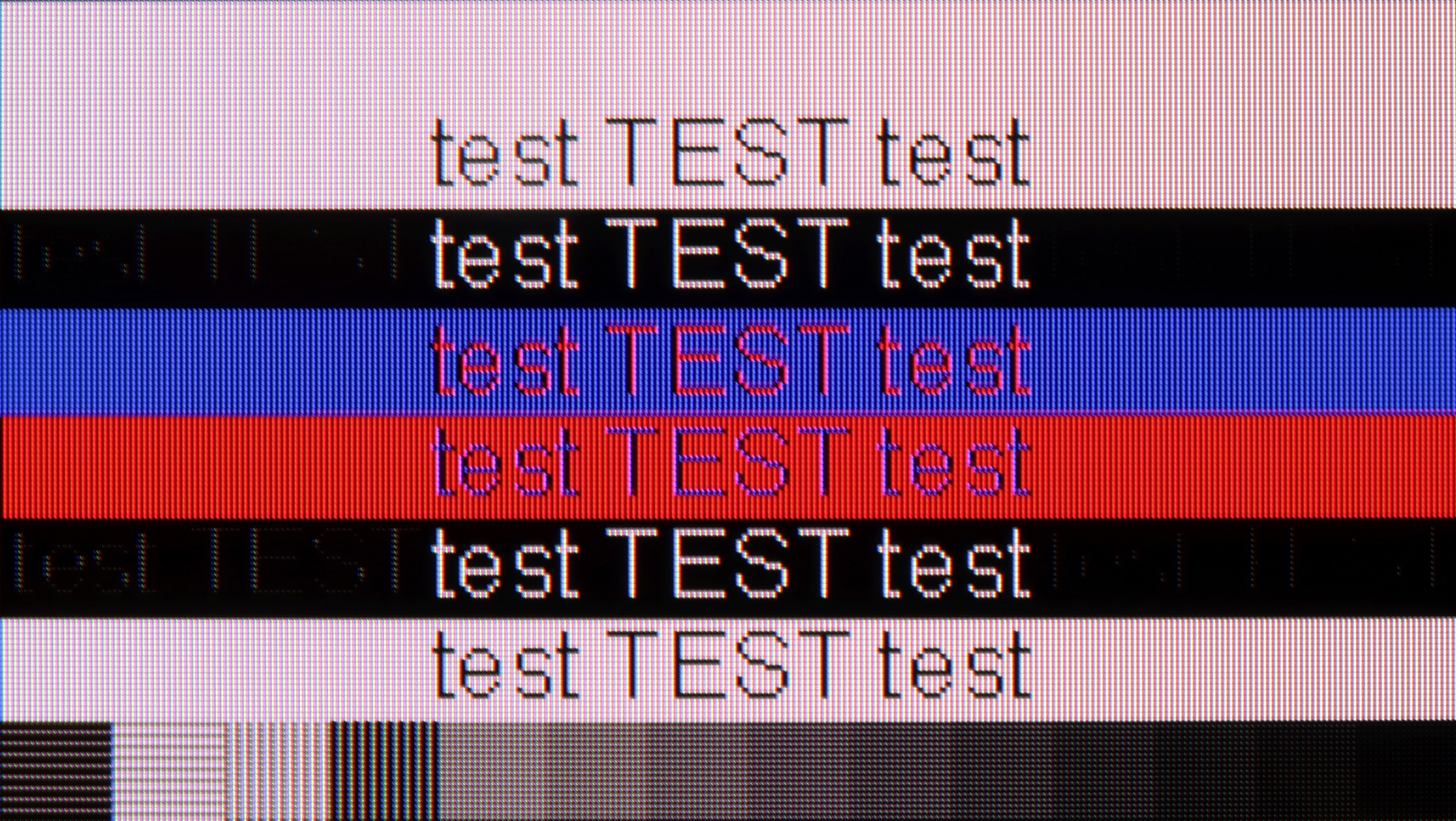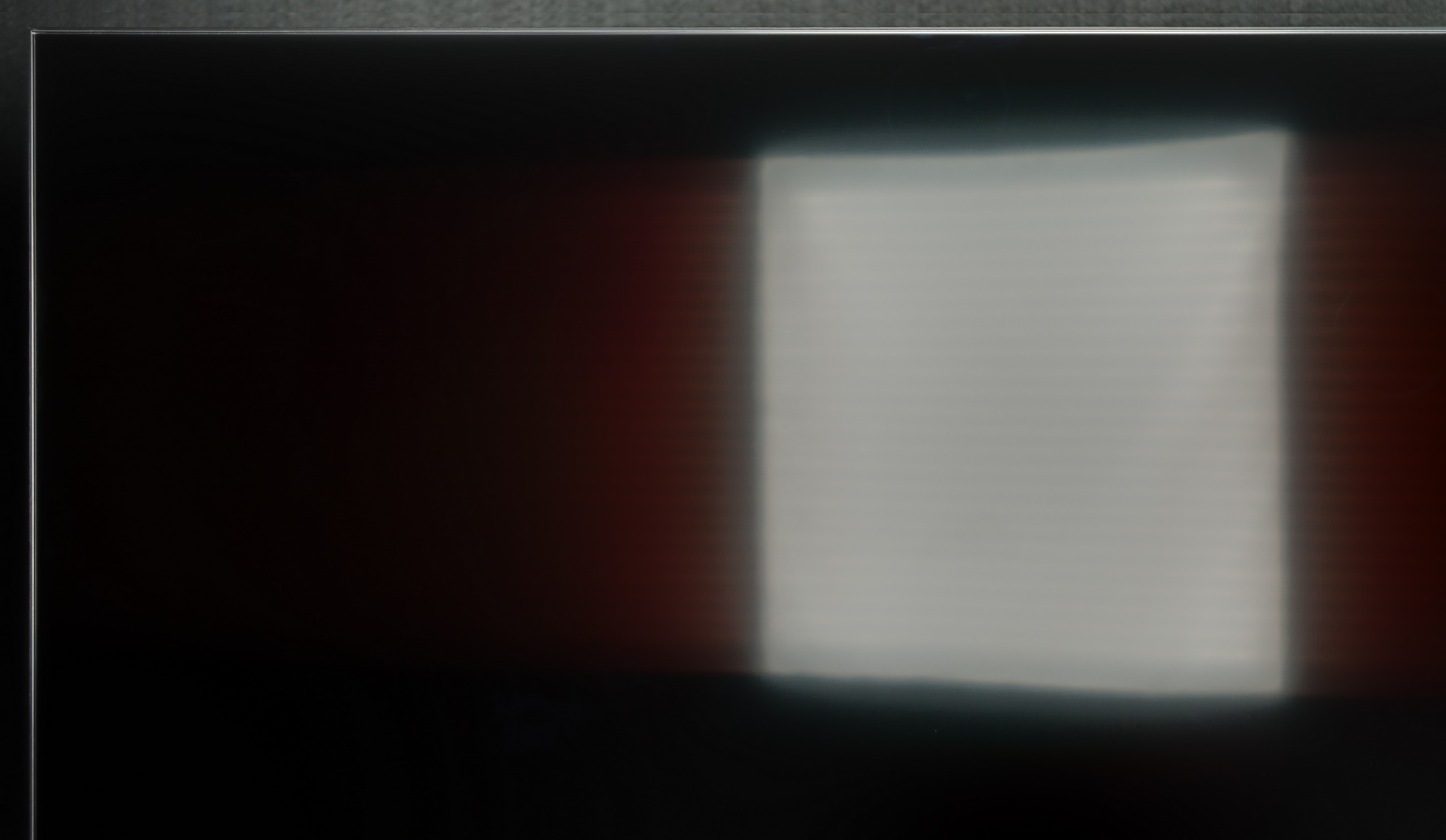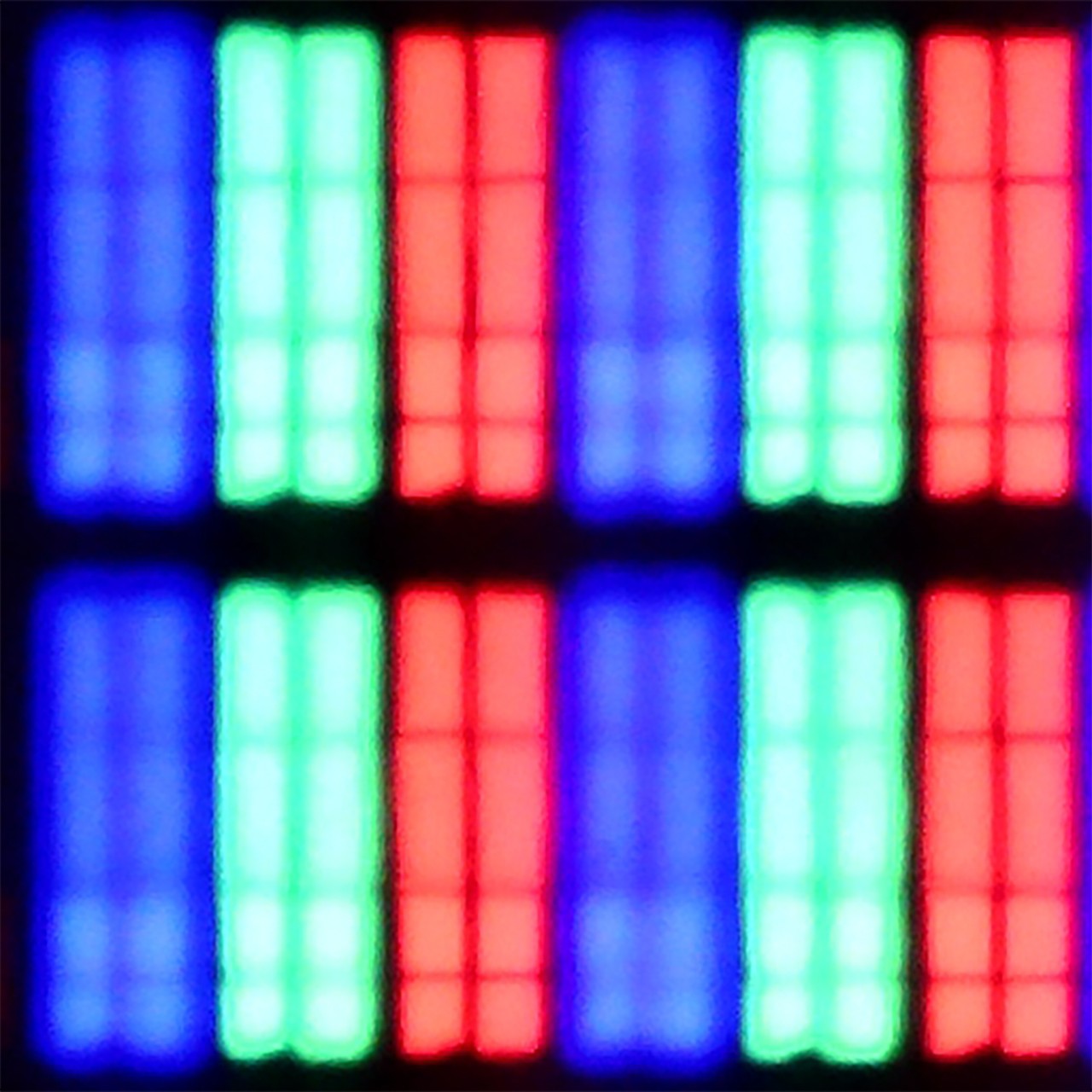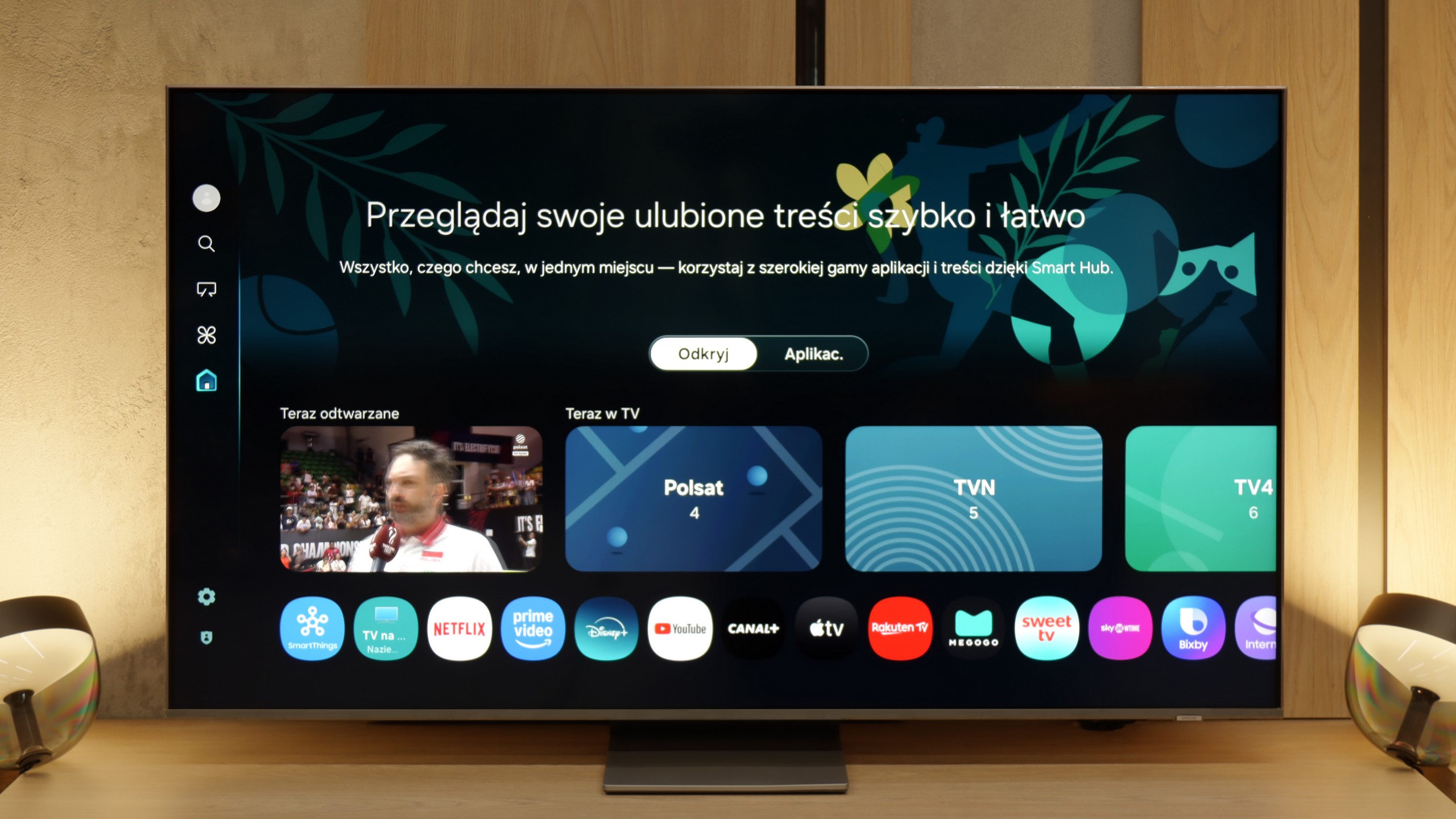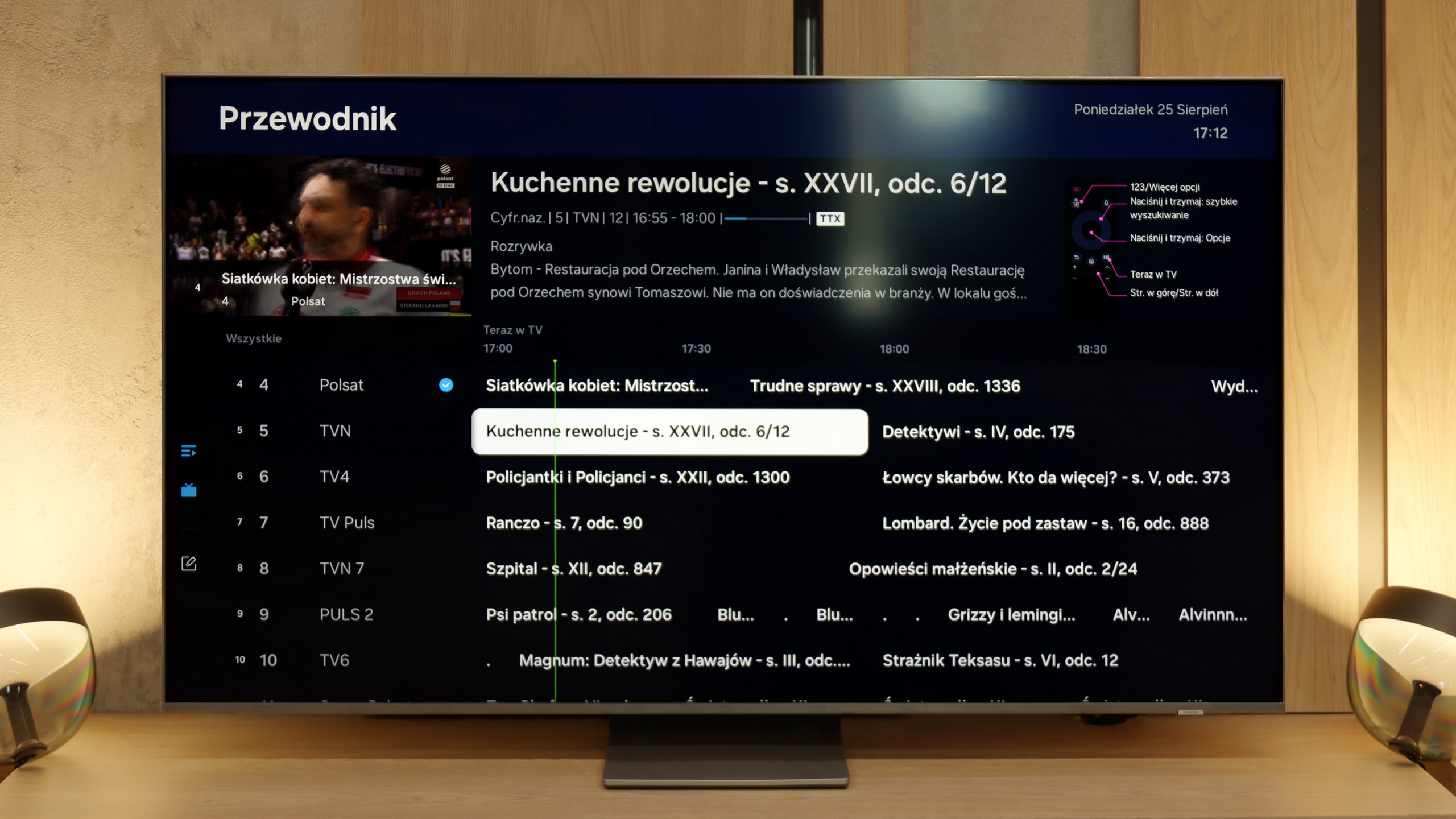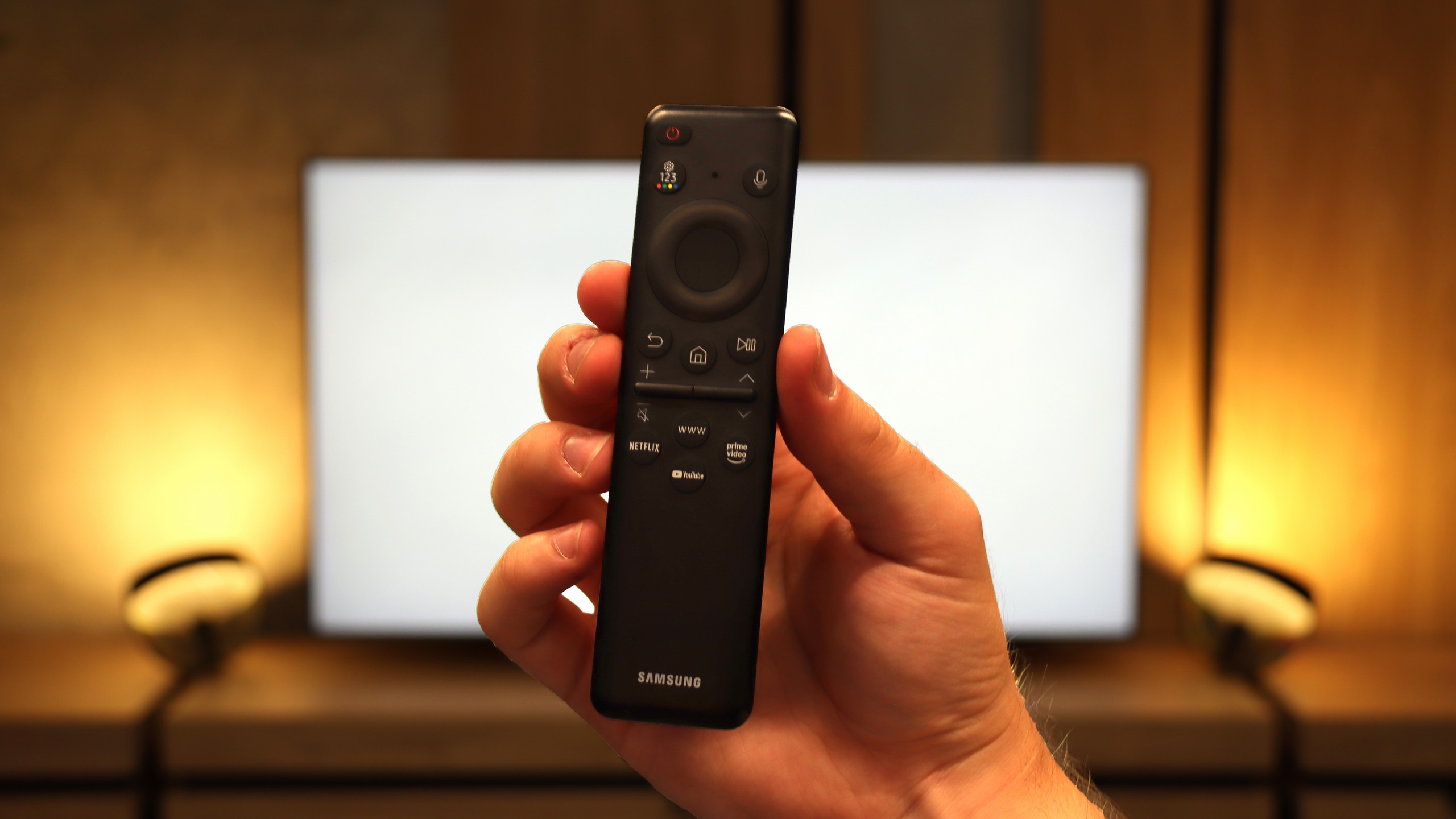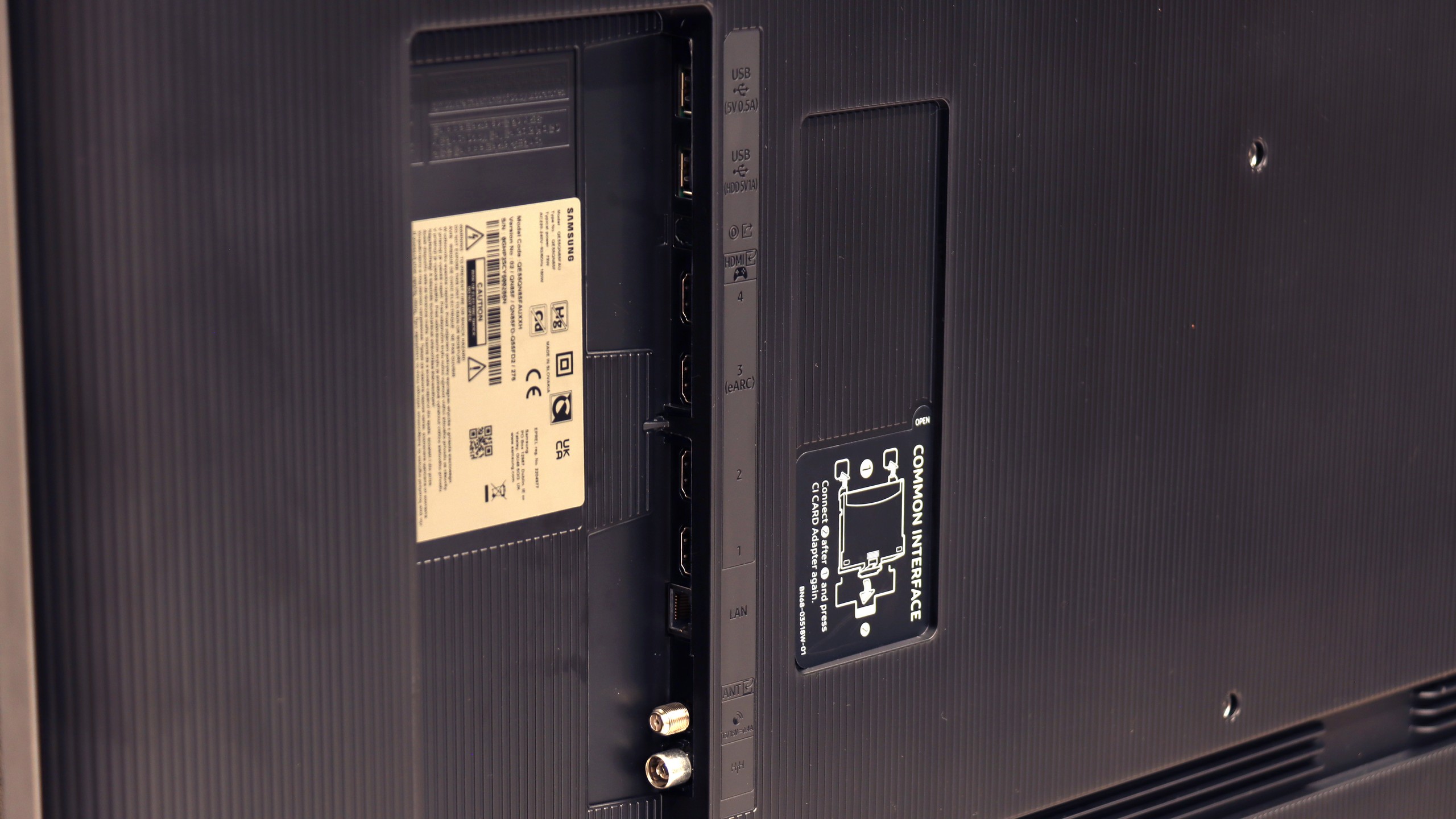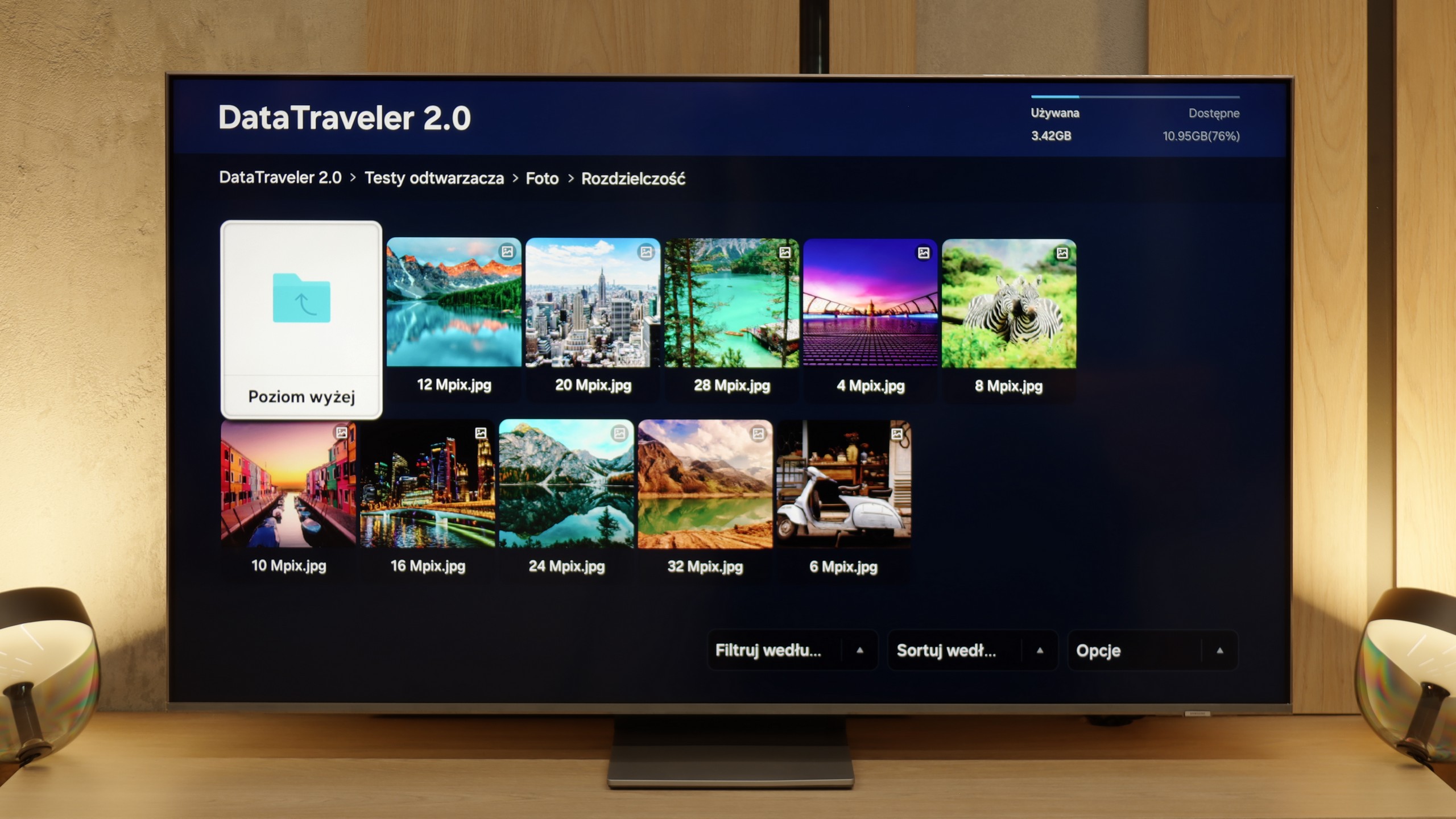The Samsung S90D TV is a model full of pleasant surprises, offering excellent picture quality and modern technologies. It is worth noting that depending on the size, the TV may differ in the type of OLED panel used. The tested model, equipped with a QD-OLED panel, delivers flawless black levels and intense, vivid colours. Thanks to its exceptional brightness, HDR effects make a huge impression, and watching dynamic scenes full of detail can completely capture the viewer's attention. This is the ideal TV for those who want to enjoy cinema at the highest level in their own home. Although the factory colour settings may require adjustments, after proper calibration the Samsung S90D reveals its full potential, competing with the best in its price category. This version stands out with the best viewing angles, allowing for a vibrant and colourful picture from any spot in the room. As a result, even when watching from the side, we do not lose quality, and every detail remains equally impressive. As for the operating system, Tizen makes everyday use of the TV, including handling applications and streaming services, enjoyable and hassle-free. Additionally, the support for AirPlay and access to the rich SmartThings ecosystem elevate the multimedia capabilities of the TV to a very high level.
The Samsung S90D also excels in motion fluidity, thanks to the 120Hz panel, which handles fast scenes flawlessly, eliminating blurring. Watching sports or dynamic films on this TV is pure pleasure. For gamers, the TV offers full support for HDMI 2.1 and low input lag, making it a great choice for console gaming, providing smooth and responsive experiences. Although the Samsung S90D has many advantages, it is worth mentioning a few drawbacks. In bright rooms, the black levels on the QD-OLED panel do not look as perfect as in dark conditions – they lose depth, which may be noticeable when watching during the day. Additionally, the readability of fonts could be better – some text displayed on the screen is less sharp compared to competing models. Nonetheless, the 65" Samsung S90D is a TV that combines excellent picture quality, motion fluidity, and innovation. It is one of the best options in the premium segment, meeting the expectations of both cinema lovers and gamers.
The Samsung QN85F is a television that perfectly demonstrates the purpose of the Neo QLED line. On one hand, it offers everything that today's user expects – high brightness, excellent fluidity, and full support for gamers. On the other hand, it is still LCD, meaning it comes with certain compromises. The question is whether these compromises genuinely hinder everyday use. In practice, it is hard not to be impressed by how the QN85F performs in HDR films. With a brightness level of 1700–1800 nits, watching dynamic scenes truly delivers the "HDR spark" that is lacking in many competing televisions. The lighting effects in films or series can literally overwhelm with their intensity, yet the television maintains detail and doesn’t turn the entire image into a washed-out blur. This is the kind of spectacularity that viewers investing in a new screen are looking for. Gamers also have reasons to be pleased (well, except for one drawback related to HGIG). It supports 144 Hz, variable refresh rate VRR, and automatic low latency mode ALLM. This is already a standard set in this class, but Samsung goes further and adds a unique feature called Game Motion Plus. With it, the image in games becomes smoother, reminiscent of the operation of motion smoothing, but without a noticeable increase in lag. This solution truly distinguishes the QN85F from the competition. On top of all this comes daily convenience. The Tizen system is fast, stable, and filled with applications that we actually use – from Netflix to Apple TV, and even YouTube and Disney+. Additionally, it supports AirPlay, has a comprehensive SmartThings platform, and the remote control, instead of overwhelming us with dozens of buttons, provides simple navigation and quick access to the most important features. This makes the QN85F a television that one simply wants to reach for on a daily basis. Indeed, one could highlight its shortcomings. There is no Dolby Vision, no USB recording, nor Picture-in-Picture, and the viewing angles typical of VA panels won't impress if you sit at a large angle. But all of this pales in comparison to how versatile and refined the QN85F is. During the day, it performs excellently in bright rooms; in the evening, it provides cinematic emotions in HDR, while in games it ensures fluidity and low input lag that other models would envy. Overall, the QN85F is a television that not only successfully continues the value-for-money tradition of its predecessor, the QN85D, but also expands it with several strong points. It is a piece of equipment that is hard to describe as anything other than a "safe choice" – one that will not disappoint in any scenario and is likely to meet the expectations of even the most demanding users.

